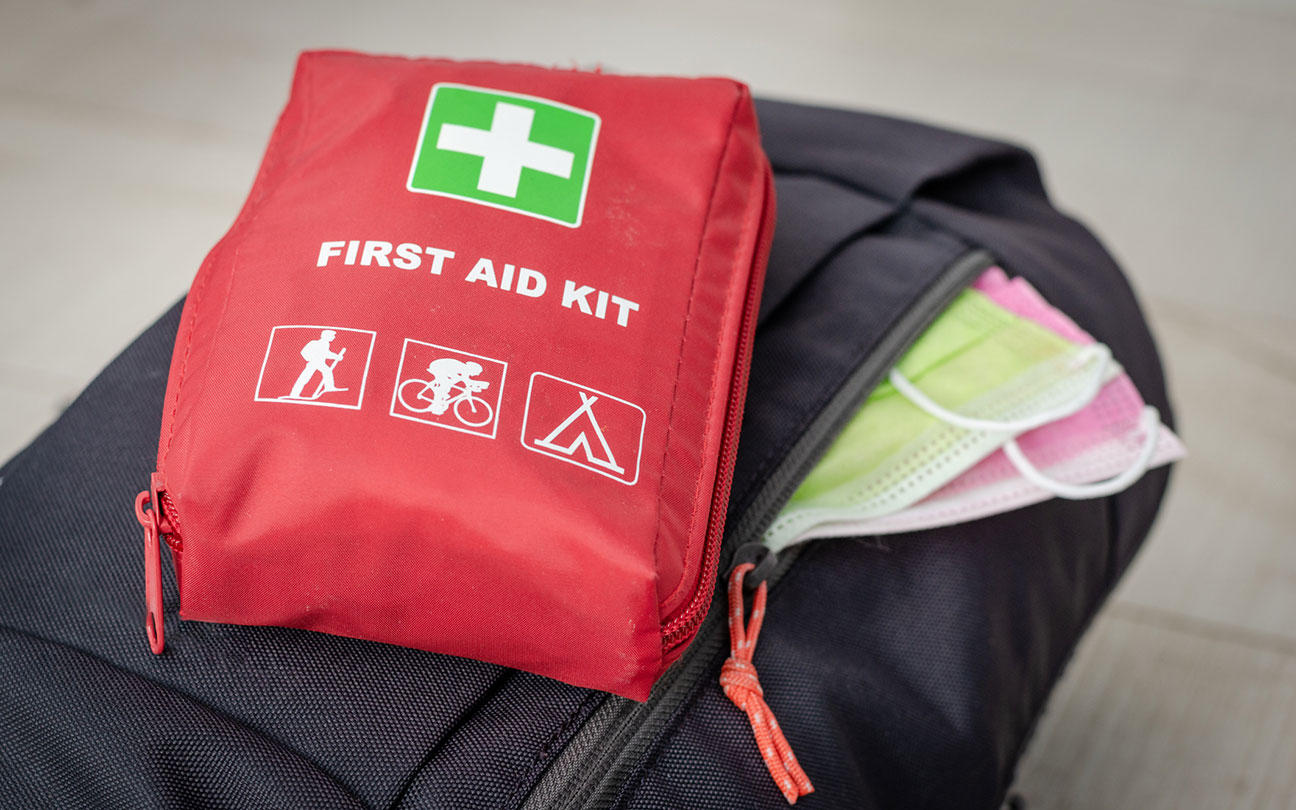WORKSHOP OPENING HOURS: Mon - Fri 9am - 5pm | Sat 9am - 1pm
+44(0) 1249 721 001WORKSHOP OPENING HOURS: Mon - Fri 9am - 5pm | Sat 9am - 1pm
+44(0) 1249 721 001
07-Apr-2021
As we are slowly coming out of lockdown, the time for long distance travel is edging nearer. In the next few months, more and more of us will be getting ready for those road trips we’ve been waiting for since last summer so now is the time for some travel preparation.
Safety of any rider is paramount when it comes to riding a motorcycle, and of course first starts at the check of the bike itself, a topic we covered in the last blog post ‘Motorcycle Safety Checks’. In this post we highlighted the importance of checking the essential parts of the bike such as the fluid levels and suspension. Safety only stars at bike checks, below we have put together the steps we deem important from a health and safety stance.
Lockdown is easing, and it is becoming time to blow the dust off your bike. It is essential before riding to do checks on all aspects of the bike that make it run smoothly. Checking the suspension is important, ensure you check that suspension has been set up correctly for optimum safety and comfort. If you as a rider feel as if you need a second opinion or spot a change in the bike or suspension, don’t hesitate to get in touch for additional support.
Whether the bike is big or small, riders should always try to ensure they travel with a first aid kit. This can be stored in the bikes ready built compartment, in a backpack for more compact bikes or in an added motorbike pannier. It is also important to familiarise yourself with the contents of the kit and how and when to use the individual items, it’s one thing having the kit, but knowing how to use the contents could make all the difference.
For when the Injuries are minor, The St John Ambulance coined a great acronym for a step by step guide on how to perform first aid for sprains and strains.
Rest the casualty or injured part
I apply an ICE pack wrapped in a damp cloth or cold compress for 15 minutes every 2 hours for 24 hours, then for 15 minutes every 4 hours for 24 hours.
C Apply a COMPRESSION bandage firmly to extend well beyond the injury.
Elevate the injured body part
Time consuming maybe, but could be the difference between life and death scenarios. A course will provide you with the knowledge and know how if a situation was to arrive, especially if travelling in a group. There are great first aid courses from general first aid with St Johns Ambulance to bike first aid training with Biker Down
If the unfortunate was to happen, it is important to know how to react at a scene and the procedures to put in place if an accident was to occur. Firstly, assess your own situation, if you yourself are injured, you are your main priority. Ensure (if able to) to call for the help needed, this could be done using the SOS function on your personal locator and turn on any emergency blinker lights on the bike, to alert any oncoming traffic.
We’re excited to get out on the roads again, but safety is a high priority! Take a look at our blog post about motorcycle safety checks also before travelling and if you have any further concerns do not hesitate to drop us a message or give us a call.